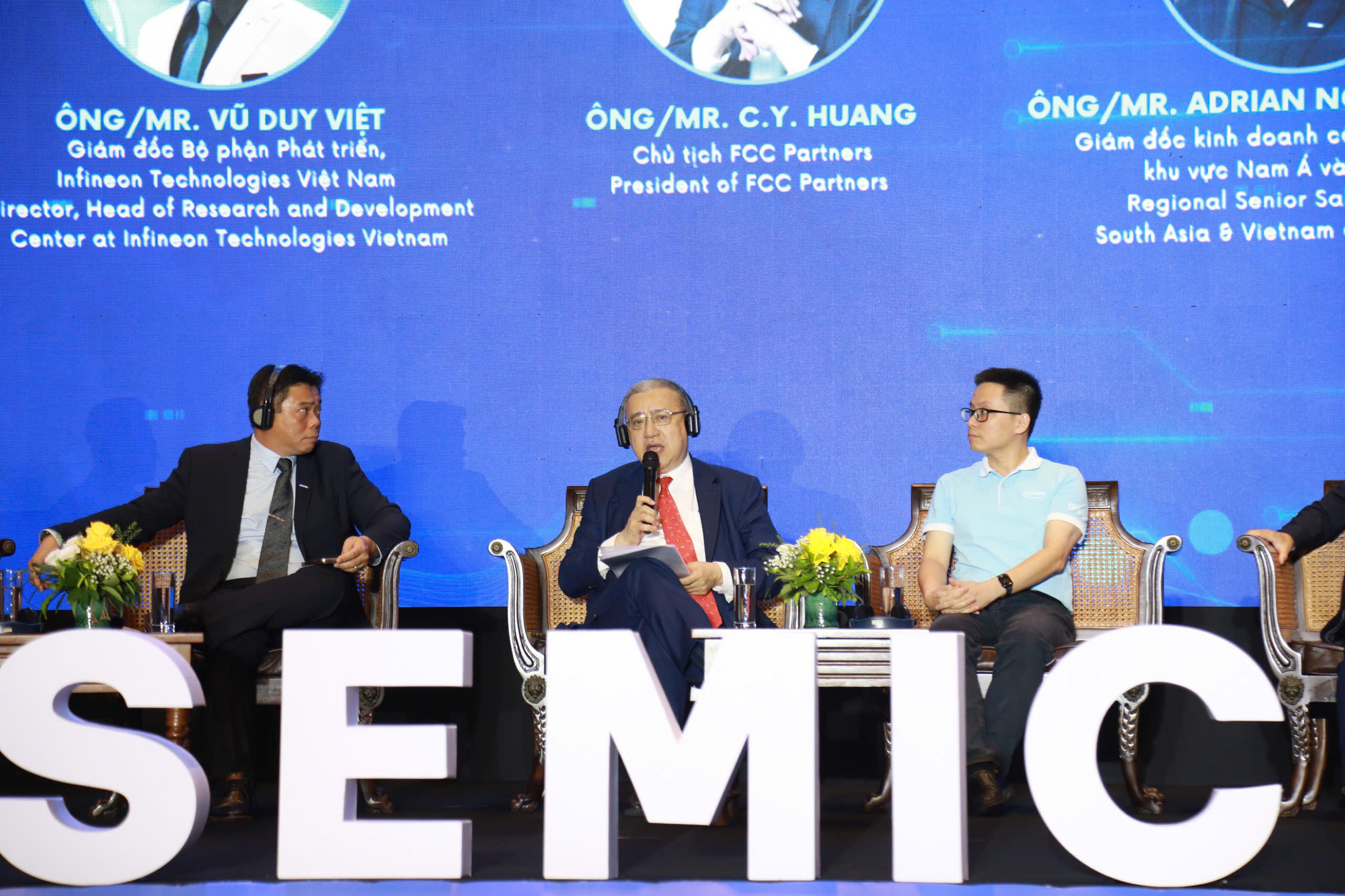
Experts say there are many challenges in training microchip human resources - Photo: DOAN NHAN
That was one of the challenges raised at the recent Semiconductor Human Resource Supply and Demand Connection Conference in Da Nang. The activity is part of a series of events for Da Nang Semiconductor Day 2024.
Challenges in human resource training
At the conference, Mr. Huynh Cong Phap, principal of the Vietnam - Korea University of Information and Communication Technology (University of Danang), said that last year the whole country had only 300 microchip training quotas, but this year there were 25 educational institutions enrolling microchip students with about 3,000 quotas.
This shows that the target number of training 50,000 microchip engineers by 2030 is very feasible. In particular, the input quality of the microchip industry and related industries is quite good when the admission score is very high.
The problem is that excellent students who win high prizes in major competitions and receive scholarships often go to developed countries to acquire knowledge and then get used to that environment, and find it very difficult to return.
"Therefore, to make them worry and be passionate about their homeland and stay, it is necessary to create a good environment in Da Nang and policies to retain them," said Mr. Phap.
Mr. Phap said that to train good students, foreign lecturers are needed, but with the current tuition fees, the school cannot afford to pay the salaries of foreign experts to come to the university to teach. Besides, airfare, accommodation, etc. also need the city's policies.
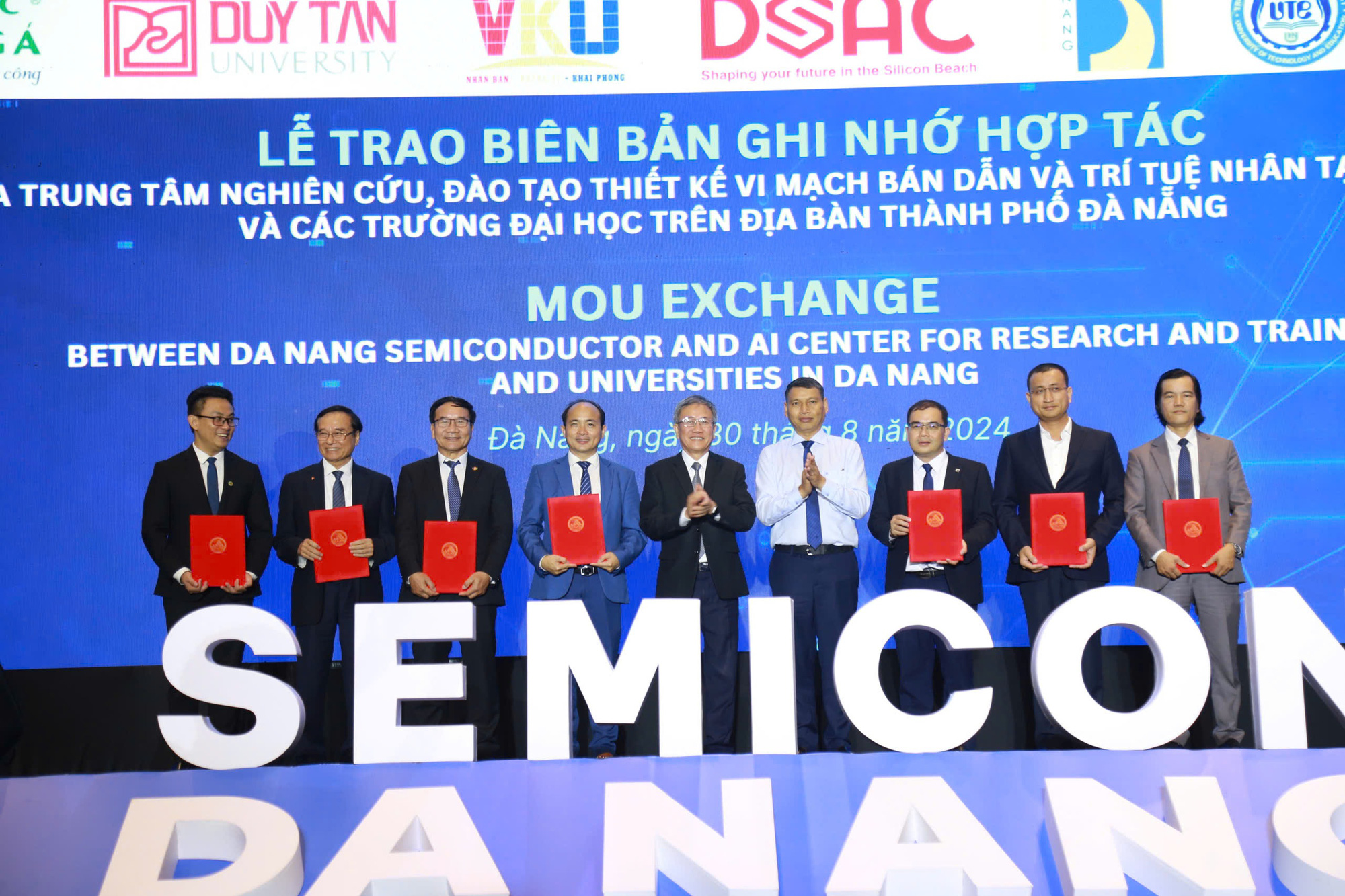
Da Nang strengthens cooperation with universities to train semiconductor human resources - Photo: DOAN NHAN
Mr. Vu Duy Viet, director of research and development department of Infineon Technologies AG in Vietnam, said that in addition to university training, European and German companies value team balance.
"It is impossible to convince them if the team is full of newly graduated engineers. Therefore, it is necessary to have a support policy from the State to motivate those with experience in the field to come to Da Nang to build the initial core, creating trust for senior leaders of large technology companies," said Mr. Viet.
Multiple policies
Mr. Ho Ky Minh, Vice Chairman of the People's Committee of Da Nang City, said: By 2030, Da Nang aims to become one of the three largest semiconductor microchip centers in Vietnam, forming a network to train high-quality human resources in semiconductor microchips associated with the synchronous development of the semiconductor microchip ecosystem.
"The city identifies human resources as the "core" that creates the semiconductor industry," said Mr. Minh.
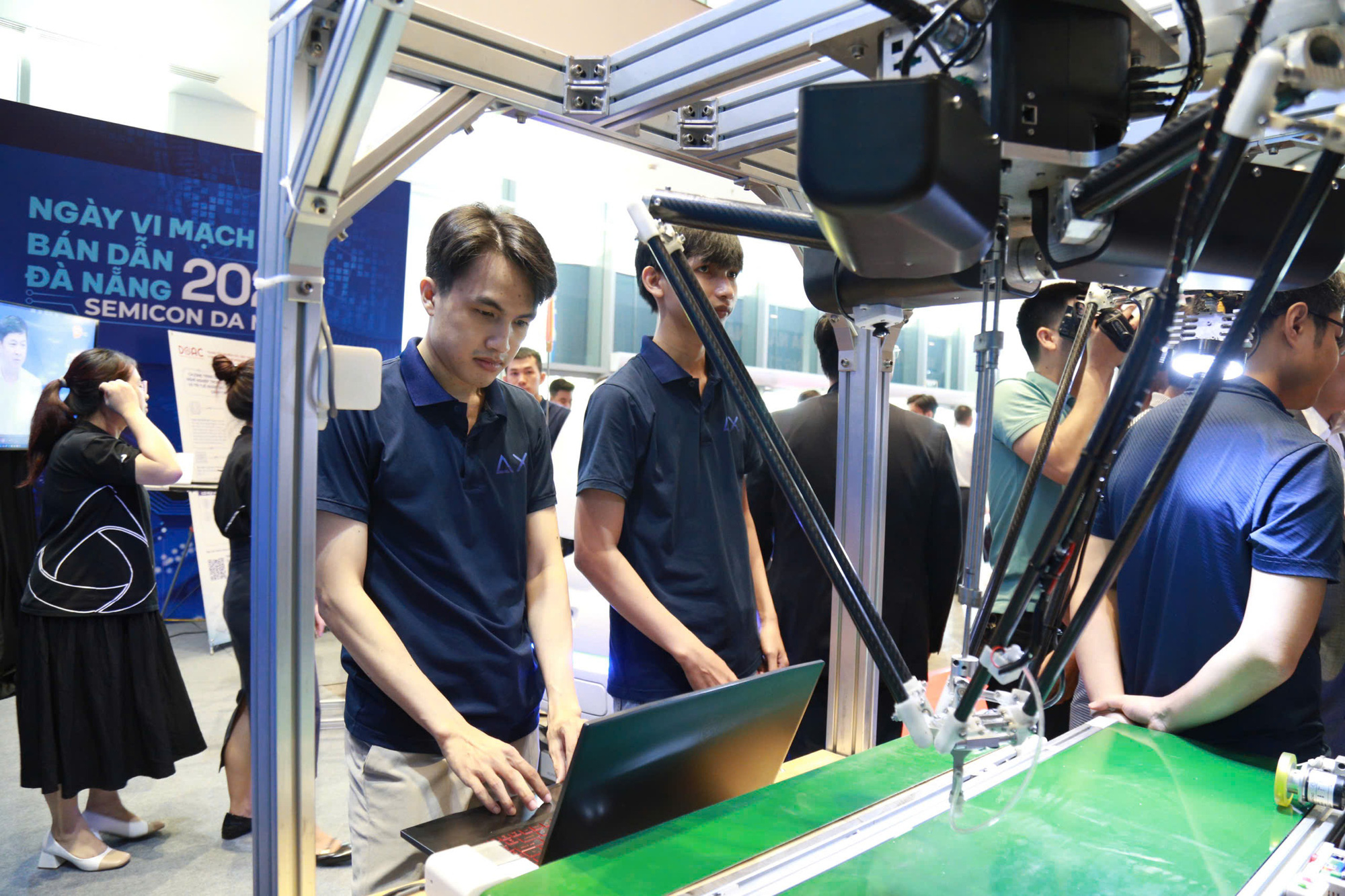
Da Nang aims to develop a synchronous semiconductor ecosystem - Photo: DOAN NHAN
For students and experts in the semiconductor industry, the city supports training and development costs for students majoring in semiconductors; enjoy preferential treatment in terms of income, accommodation costs, etc.
In parallel with organizing new enrollment for undergraduate, master's and doctoral training in semiconductor industries, and bringing STEM into the high school curriculum, in the short term, Da Nang focuses on retraining and transition training for graduated engineers and lecturers specializing in semiconductor microchips.
In addition, priority is given to attracting foreign experts and lecturers specializing in semiconductor microchips and related fields, promoting cooperation and connection between universities in the city with universities in countries with strengths in training human resources in the semiconductor industry, and reputable foreign semiconductor enterprises to improve training quality and foster human resources to meet international standards.
Besides, promote the formation and development of cooperative training alliance models between the State - schools - enterprises...
Source: https://tuoitre.vn/lam-sao-de-giu-chan-nhan-tai-cho-nganh-vi-mach-ban-dan-20240831125506765.htm



![[Photo] Vietnam and Sri Lanka sign cooperation agreements in many important fields](https://vphoto.vietnam.vn/thumb/1200x675/vietnam/resource/IMAGE/2025/5/5/9d5c9d2cb45e413c91a4b4067947b8c8)










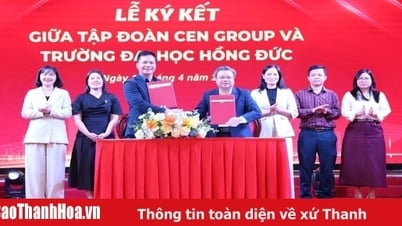
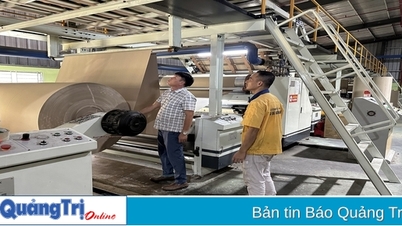













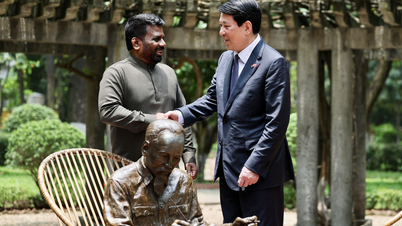
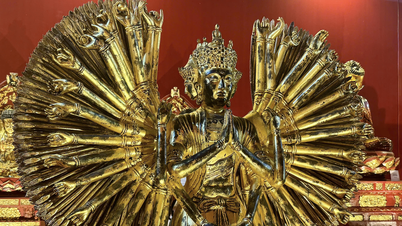
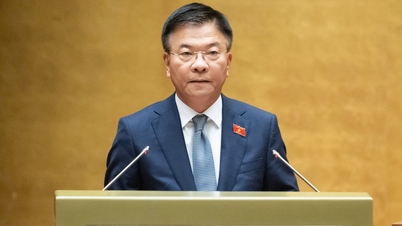
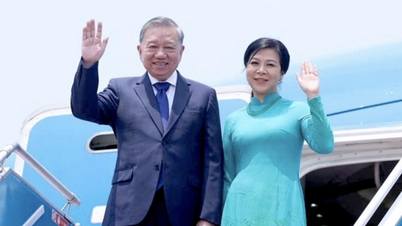

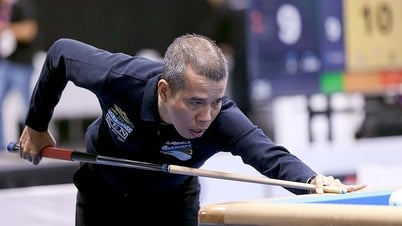
![[Photo] President Luong Cuong and Sri Lankan President Anura Kumara Dissanayaka visit President Ho Chi Minh relic site](https://vphoto.vietnam.vn/thumb/1200x675/vietnam/resource/IMAGE/2025/5/5/0ff75a6ffec545cf8f9538e2c1f7f87a)






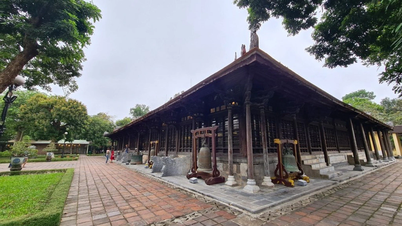



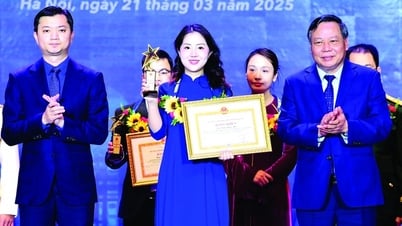

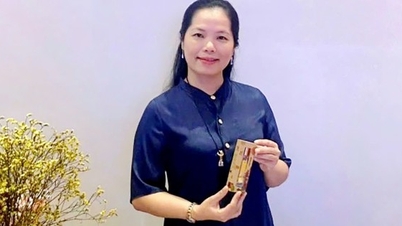















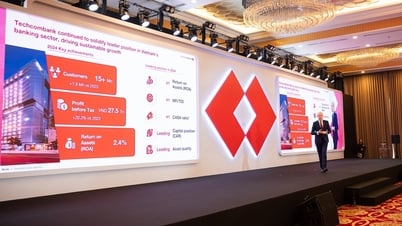



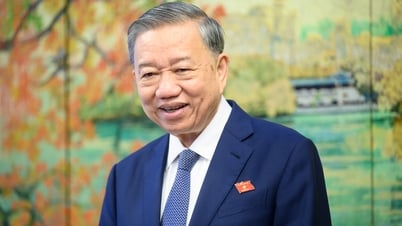



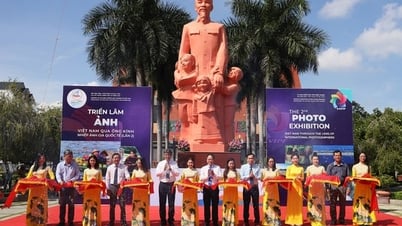



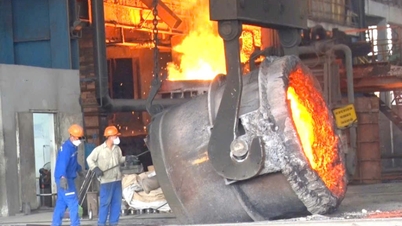





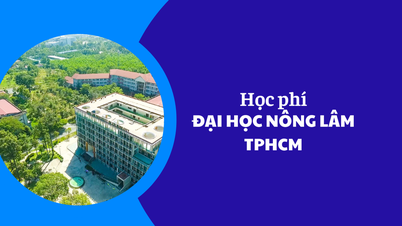



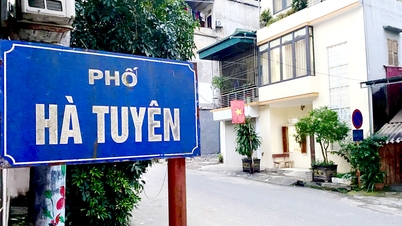






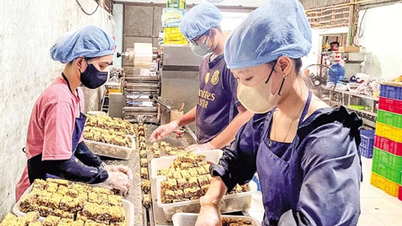




Comment (0)